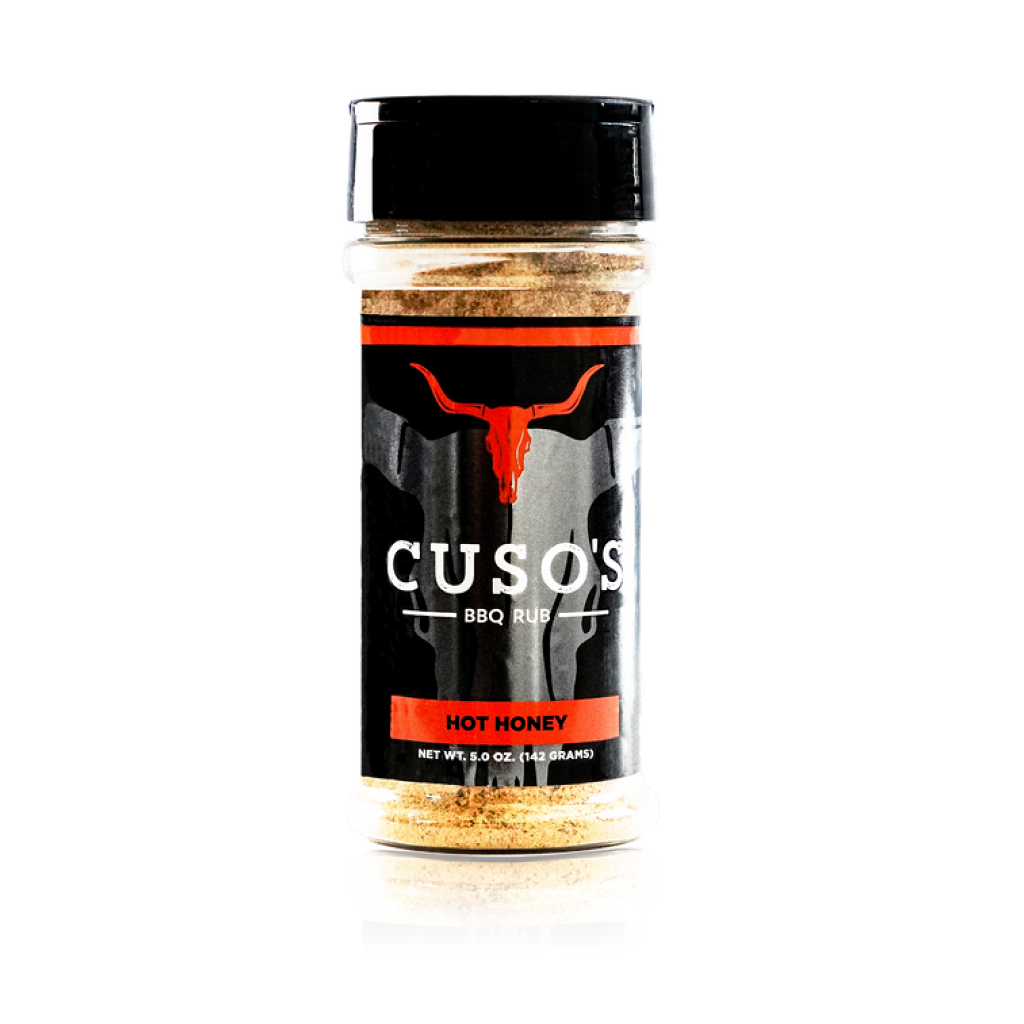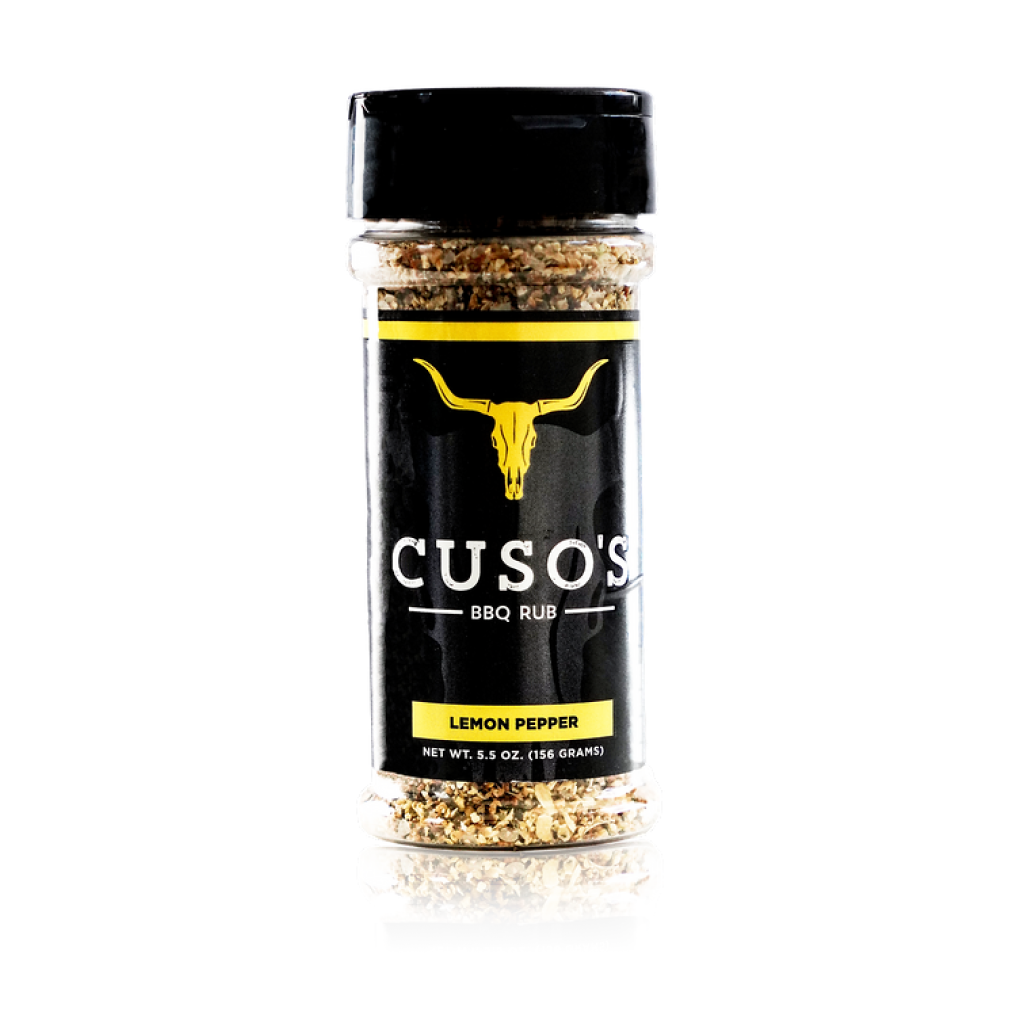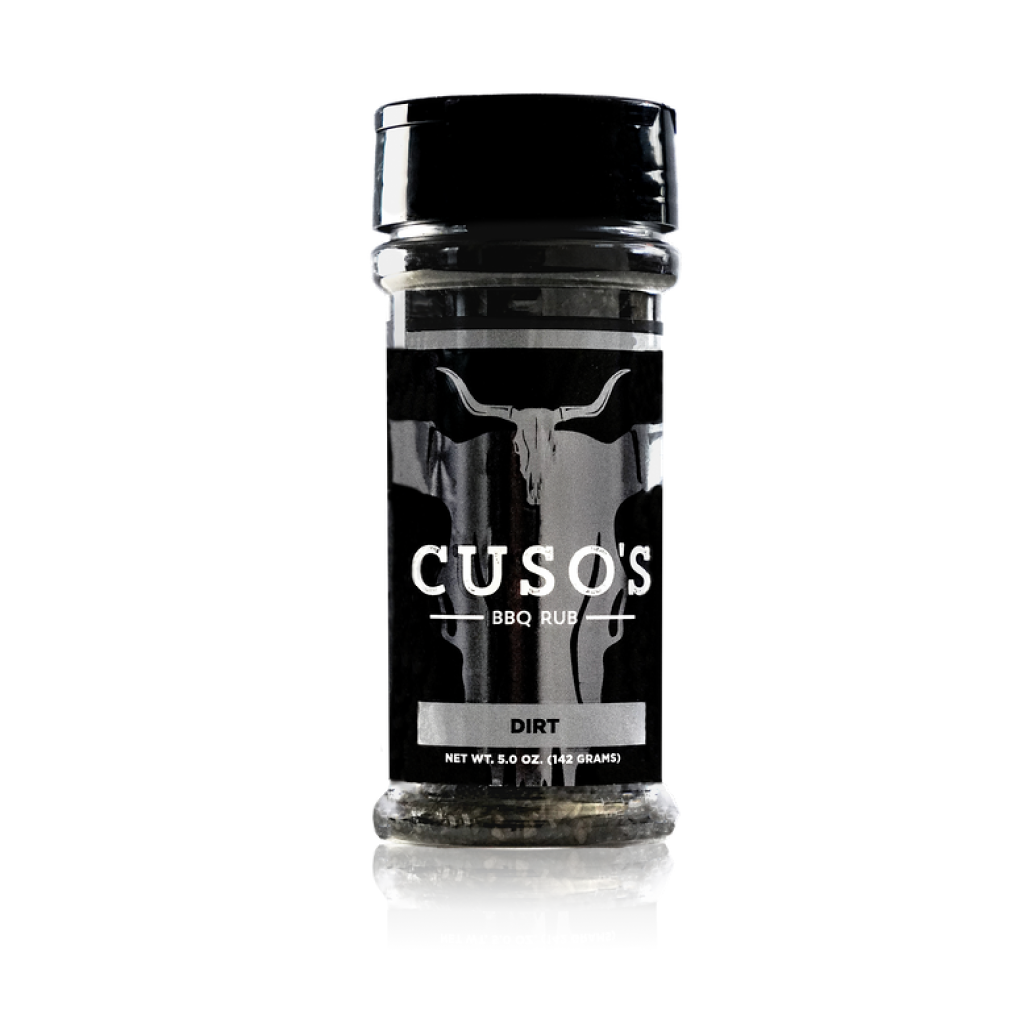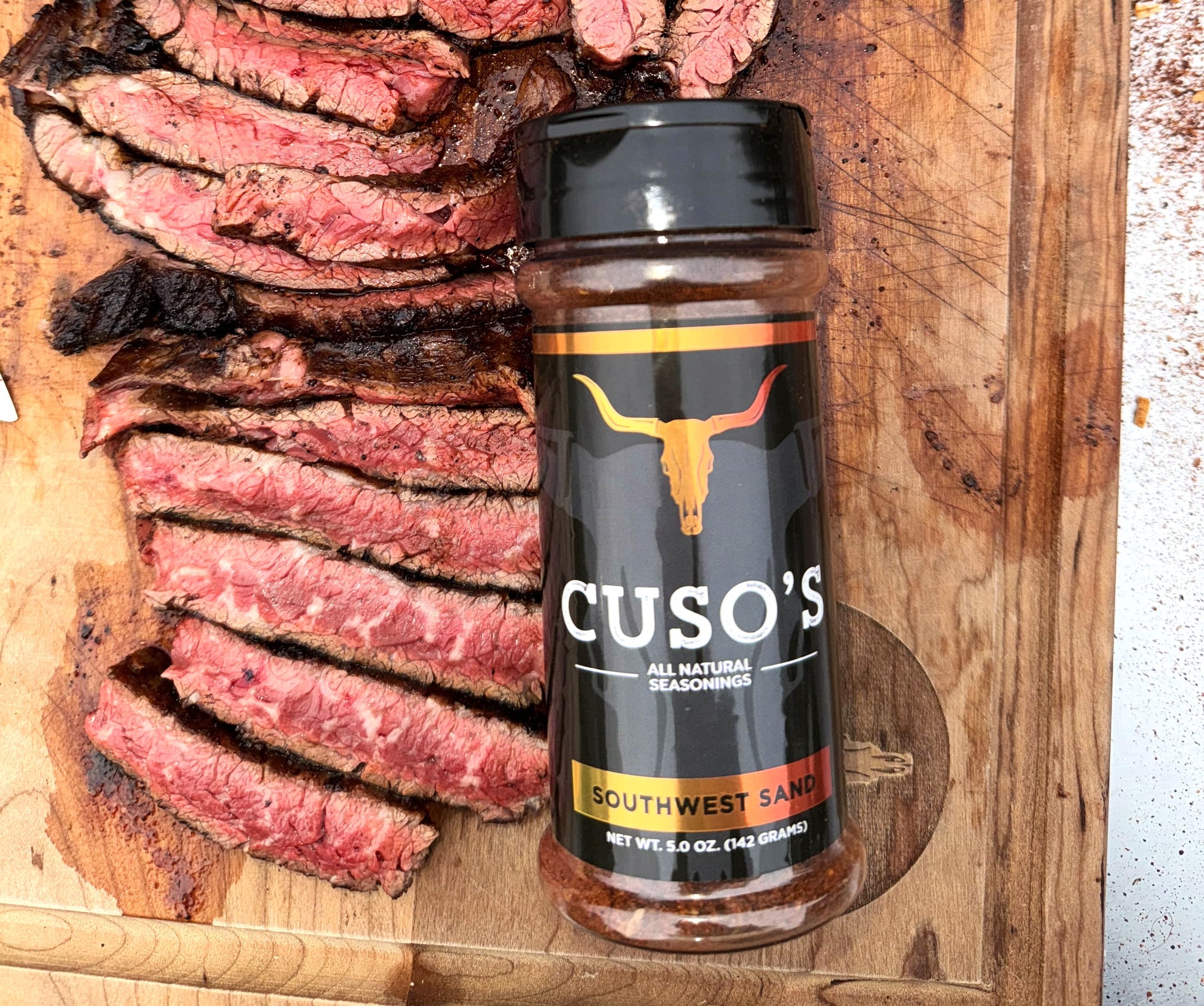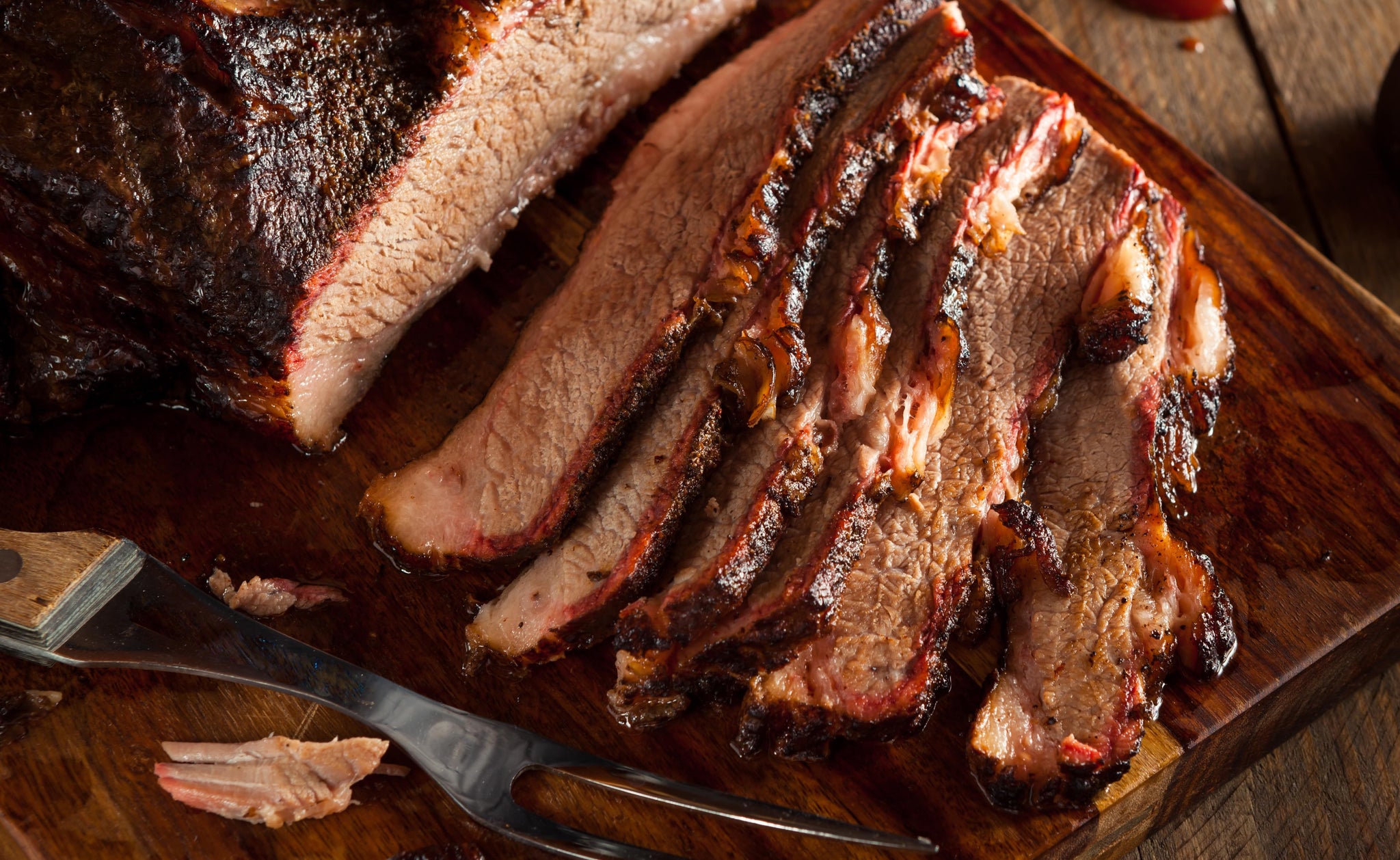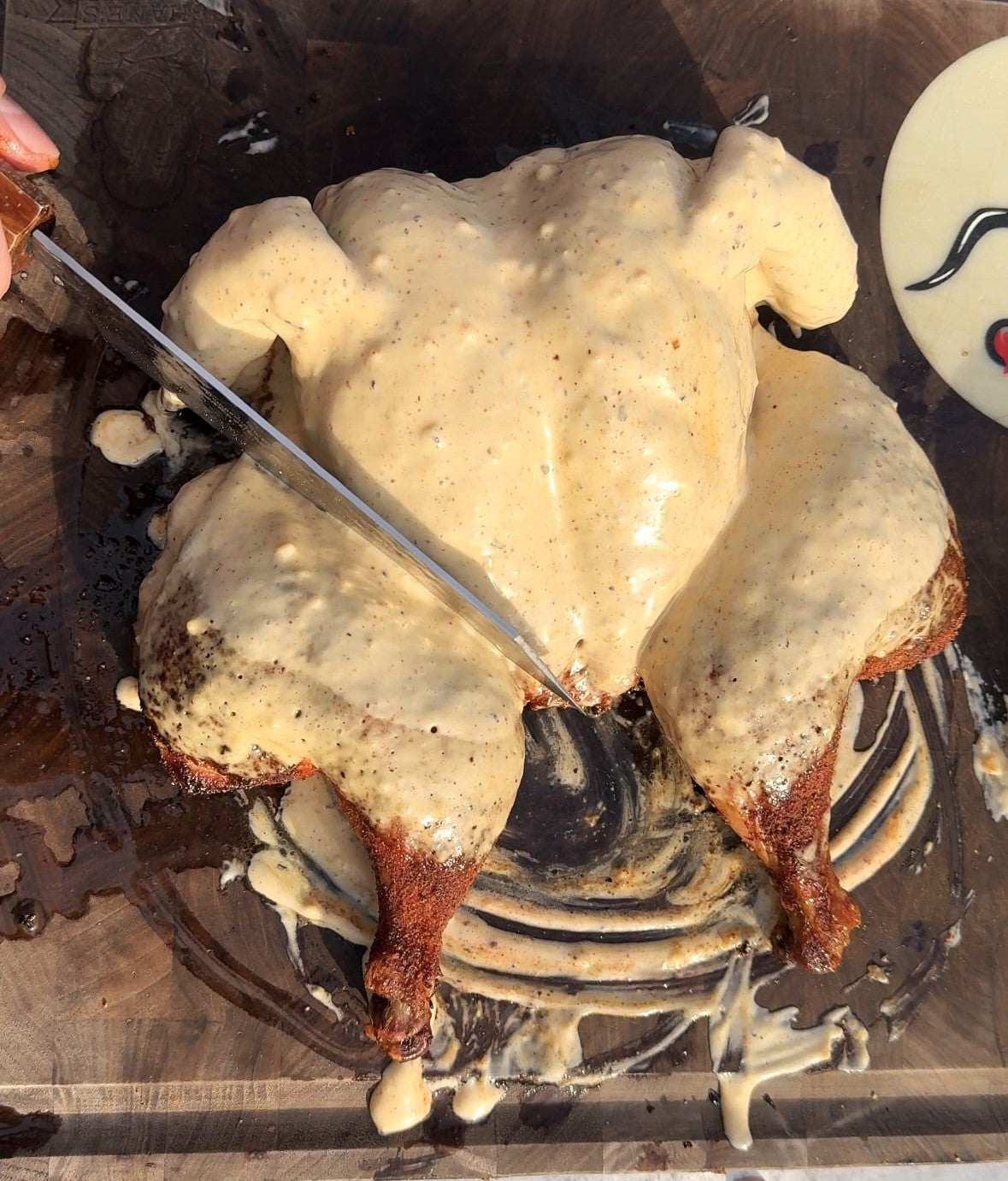T Bone Steak vs. Porterhouse Steak
-
By: Jack Mancuso

What are the differences between a T Bone Steak vs. Porterhouse Steak?
I savor steak as a year-round delight. Two of the most popular and pleasing steaks are T-bones and the Porterhouse. You look at them and they appear very similar. They even have similar tastes and textures.
But, you probably guessed it, they’re not the same. At this point, you may deter to the prices on a menu when choosing your cut, but don’t do so before you know a few more specifics.
Commonalities between a T-Bone Steak vs. a Porterhouse Steak
The most obvious similarity between a T-bone Steak and a Porterhouse Steak is the T-shaped bone with meat on both sides.
Both cuts come from the short loin of beef:
- T-Bones come from the front of the short loin, meaning they have less tenderloin. They are the smaller of the two options.
- Porterhouse steaks come from the rear end of the short loin, giving them more tenderloin
According to the US Department of Agriculture, to be called a T-bone the steak must have half an inch of tenderloin (wide). The Porterhouse title requires 1.25 inches. What’s interesting is that some steakhouses simply refer to both as a T-bone for convenience.
T-Bone Steak
T-bone steaks are great for people who don’t eat a lot of meat. If you go this route, I recommend grass-fed steaks purchased at your butcher’s. They aim to please. When you cut the loin off a T-bone you can make it into Filet Mignon, while the top loin becomes the popular New York Strip.
The traditional approach to a T-Bone is grilling it using gas, charcoal, or smoke (or a combination). It takes to barbecue in a perfect marriage of meat and fire. Add some compound butter and you’re in for a great meal. Of the two steaks, T-bone is the most popular.
Porterhouse Steak (the King of the Steakhouse)
When you remove the bone from a Porterhouse, what you’re left with is one tenderloin steak and one top loin. These are BIG steaks weighing on average 26 oz. versus the T-bone’s 20 oz. Mind you, some restaurants go for the gusto with 48-ounce Porterhouse steaks (or more).
Think of a Porterhouse as a T-bone all grown up, but they may cost less per ounce. This makes a Porterhouse a good choice when you’re cooking for several people, with one steak sometimes being enough for two people.
Porterhouse benefits from a hot, cast-iron pan or broiling to create a sear. If you plan to cut the meat off the bone before serving, make sure to have a good chef’s knife and cutting board, like those on my website.
Budget Friendly Tip: Buying in bulk and using a vacuum seal bag is one of the great ways I save money on steak.
T Bone Steak vs. Porterhouse Steak: Are they Healthy?
Most people know that red meat provides Vitamin B-12 and iron. B-12, in particular, supports a healthy immune system. Meat’s protein content stimulates muscle growth and healing.
Three ounces of T-bone has approximately 23 grams of protein and a third of your body’s daily requirements for Vitamin B-12. You’ll also benefit from the T-bone’s riboflavin, niacin, zinc, selenium, and Vitamin B-6.
Porterhouse steak has all the same health dynamics proportionately, but it can come in at a whopping 1,000 calorie steak per pound. Add to that marinade, sauce, and sides, and well… just bring your stretch pants.
Pitmaster’s Memo
There is a T-Bone steak called a Florentine steak. According to legend, some merchants were traveling through Florence. Upon stopping, they saw one of the largest beef steaks roasting in the town. It was one of the juiciest they’d ever tasted. Apparently, the Medici family provided meats for roasting in city squares. I wish I’d been there for that dinner!
While romantic, the truth of the T-bone probably originates with English residents in Tuscany. In either case, the key thing that sets apart a Florentine steak from the T-bone is the meat must from Maremma or Chianina cattle, aged for 12-18 months, and roasted over wood (if possible, otherwise charcoal).
As for the Porterhouse, there are conflicting stories about its origins. One says the steak began in a Massachusetts hotel serving large T-bones, the owner of which named the feast after himself (Zachariah B. Porter). There’s also a 19th-century hotel in Georgia, the Porter House saying they coined the phrase, with an 1800s Porterhouse in Manhattan, whose owner named their large cuts after their steak house and bar. In any case, the Porter House steak began appearing around the 1840s on menus.
Which is better? It depends on your hunger level. If you’re ravenous go for a Porterhouse. When you want a smaller indulgence or the room for dessert, get the T-bone.
Tip: no matter which steak you chose, have good-quality knives on hand for those perfect cuts, and try a little barbecue rub for great flavor.

